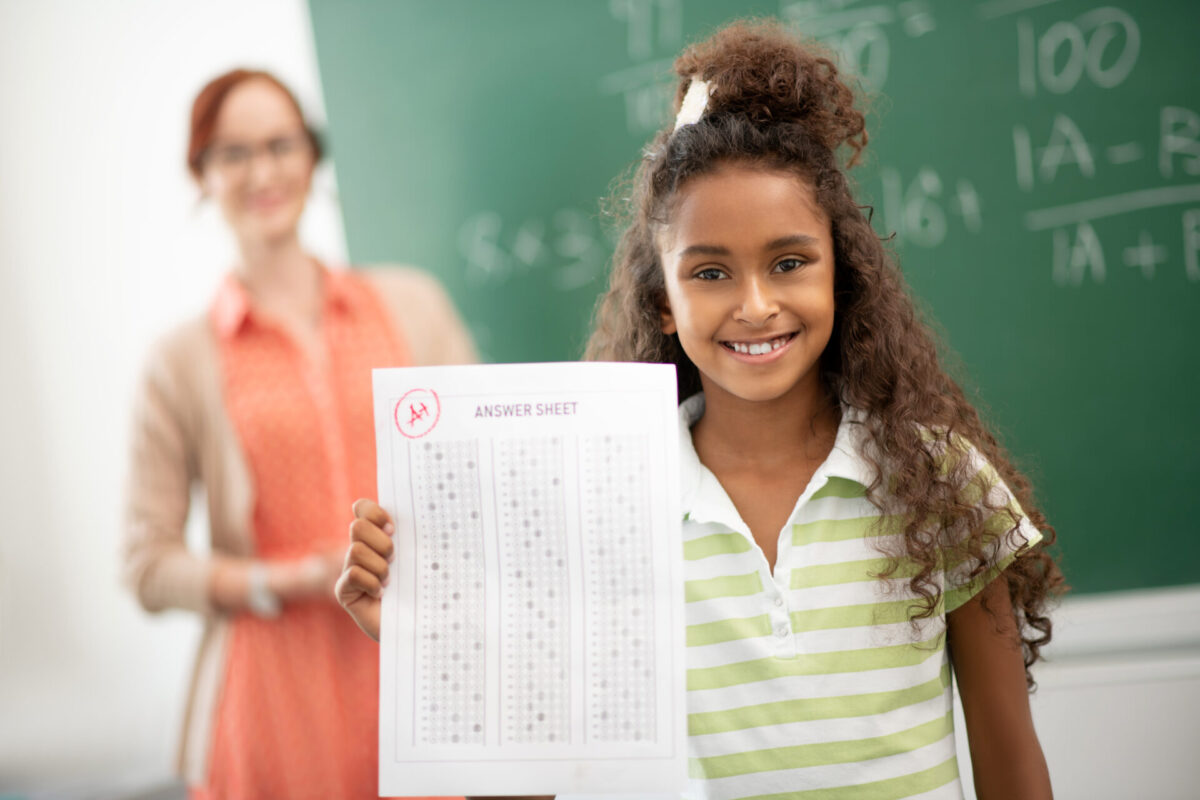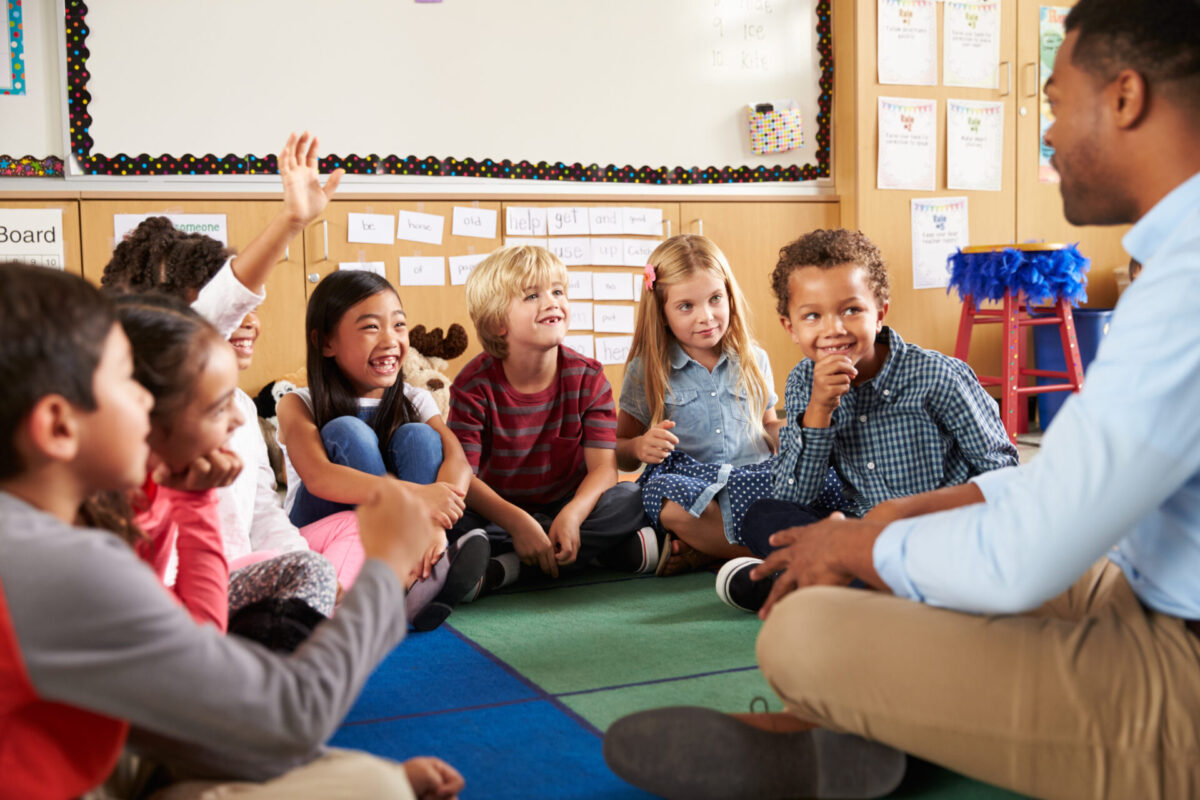In the journey of education, one of the most powerful tools teachers possess is positive reinforcement. From encouraging words to tangible rewards, positive reinforcement plays a pivotal role in unlocking the potential of elementary school students. In this blog post, we’ll delve into the significance of positive reinforcement in elementary education and explore how it can foster a thriving learning environment where every child can flourish.
Understanding Positive Reinforcement:
Positive reinforcement is a fundamental concept in behavioral psychology that involves rewarding desired behaviors to increase the likelihood of their recurrence. In elementary education, positive reinforcement takes various forms, including verbal praise, stickers, certificates, extra privileges, or other incentives that motivate and reinforce positive actions and achievements.
The Importance of Recognition:
Children thrive on recognition and encouragement. When teachers acknowledge their efforts and successes, it boosts their confidence and reinforces desirable behaviors. A simple “good job” or “well done” can motivate students to continue striving for excellence.

Building Self-Esteem:
Positive reinforcement plays a crucial role in nurturing students’ self-esteem. By highlighting their strengths and celebrating their accomplishments, teachers help students develop a positive self-image and belief in their abilities. This, in turn, empowers them to tackle challenges with confidence and resilience.
Creating a Positive Classroom Culture:
In a classroom where positive reinforcement is consistently practiced, students feel valued, supported, and motivated to learn. A positive classroom culture promotes collaboration, mutual respect, and a growth mindset, laying the foundation for academic success and personal growth.

Effective Strategies for Positive Reinforcement:
Implementing positive reinforcement effectively requires intentionality and consistency. Teachers can employ various strategies tailored to their students’ needs and preferences.

Some examples include:
– Verbal praise: Offering specific and genuine compliments to recognize students’ efforts and achievements.
– Reward systems: Establishing a system where students earn points, tokens, or privileges for demonstrating desired behaviors or reaching academic milestones.
– Tangible rewards: Distributing stickers, certificates, or small prizes to celebrate accomplishments and milestones.
– Constructive feedback: Providing constructive feedback that focuses on strengths and areas for improvement, guiding students toward growth and success.

Positive reinforcement is a powerful tool that educators can wield to unlock the potential of elementary school students. By recognizing and reinforcing positive behaviors, teachers create a supportive learning environment where students feel valued, motivated, and empowered to reach their fullest potential. As we prioritize positive reinforcement in our classrooms, we pave the way for a brighter future where every child can thrive academically, socially, and emotionally. To learn more about how our team can help your students thrive, reach out to us today at 469-261-5328. Our team at The Confidence Group is ready to serve you.

